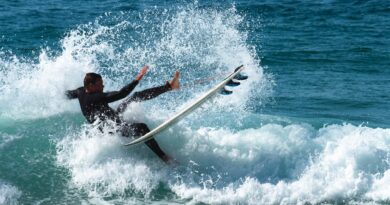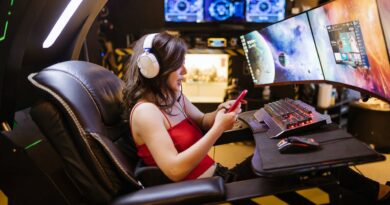The Primary Muscles Used for Cycling
“Every sport has its own set of primary muscles responsible for the majority of work of the sports specific motion. Primary muscles, or movers, are the first muscles called upon when there is a need for increased speed or force. For a cyclist, these muscles are located in the hips and legs. Sometimes referred to as pistons, the legs, revolving at 80 to 100 reps per minute, are what’s responsible for producing power and speed.
The Power of the Pedal Stroke
For a road cyclist pedaling while in the saddle, most of the power happens between the 12 o’clock and 5 o’clock position of the pedal stroke. This is when a majority of the primary muscles are activated. Hip flexion, along with hip and knee extension are the primary movements of a pedal stroke. Between the 6 and 12 o’clock position in the pedal revolution, there is some knee flexion to help bring the pedal back to the top but helping that flexion is the greater downward force being placed on the opposite pedal, by the opposite leg. Any extra help bringing the returning pedal back to the top is a benefit. The muscles that help return the foot to the top range from the hamstrings and calves at the bottom of the stroke, pulling the foot backwards, to the quadriceps at the top, lifting the foot and knee back to the 12 o’clock position.
The power phase happens while the hip and knee extends, pressing downward on the pedal. This action starts with a combination of the gluteus and quadriceps muscles, but then is joined by the hamstrings and calf muscles a quarter ways through the revolution. This shows the need for equally strong hamstrings, hips, and quadriceps. These groups of muscle make up the largest volume of muscles used in a pedal revolution.”
Read the full post here.


